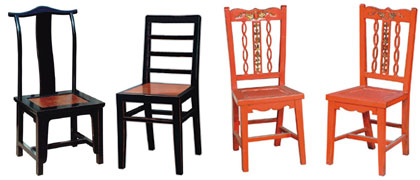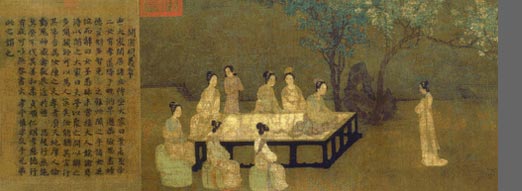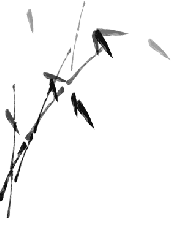| |
|
The taishiyi means literally the Imperial Rector's Chair" but has been loosely called by some old-time Western residents in China the "gradfather chair". It is different from its Western counterpart in that it is not upholstered but made of hard wood and with a straight back and arms. Rector's chairs of various descriptions can still be seen in the imperial palaces and the mansions of former courtiers and officials. They can also be found in some old families among the people.
The name for the chair first appeared at the end of the Northern Song in the 12th century. A man, in order to palace Qin Hui, the powerful and traitorous prime minister and Imperial rector, presented to him a roomy, cross-legged chair specially made with a head-rest that resembled a lotus leaf, which he named the "Imperial Rector's chair". The novel design of the chair became the fashion among the upper strata of the Song officialdom, and the name stuck.

Down in the Ming Dynasty(1368-1644), the Rector's chair was reshaped, with its back and arms forming a semicircle.
The"grandfather chairs" commonly seen today are mostly handed down from the Qing Dynasty(1616-1911). With the armrests at right angles and with the back, they are generally made of rosewood, red sandalwood or padauk and often inset with marble bearing beautiful natural veins. In south China, some of the chairs may have seats woven with rattan skin for greater coolness.
As a rule, grandfather chairs are large in size, and in a saloon they are normally arranged in pairs with a teatable in between, creating a stately atmosphere.
The cross-legged chair of the Song, the semi-circular chair of the Ming and the straight-backed armchair of the Qing, though different in shape and structure, are all called " Imperial Rector's chairs". They were made at the beginning for eminent officials, so they have always been reserved as the seats of honour for important visitors. When historical plays are staged, one of the indispensable props of certain scenes is the grandfather chair to highlight the features of the age.
|


